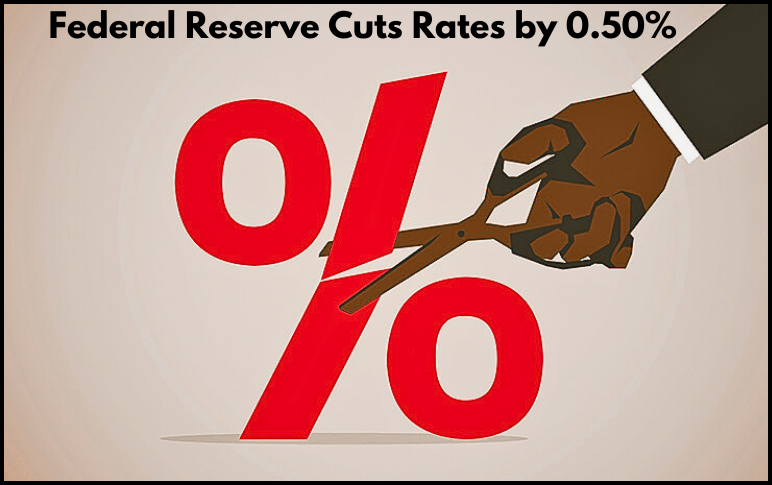On September 18th the Federal Reserve lowered its overnight borrowing rate by 0.50% signaling that the Fed believes that inflation is moderating, and the labor market is cooling. Many investors and economists alike were anticipating the Federal Reserve’s first rate cut since 2020, but many were surprised with the size of the cut. What does the Federal Reserve’s recent rate cut mean for you?
If You are a Borrower
The Federal Reserve cut the overnight borrowing rate to between 4.75% and 5.00%, lowering the rate that influences the amount of interest we pay for mortgages, auto loans, credit cards and other debt. The recent rate cut is a small step in the Federal Reserve’s long-term strategy so it will take some time to work its way through the economy and provide substantial relief to American borrowers.
Anticipating the Federal Reserve’s rate cut, mortgage rates have moved downward in recent months, approaching 6% for a 30-year mortgage. By comparison the 30-year mortgage rate was around 8% a year ago. Small movements in mortgage rates can mean the difference in hundreds of dollars in monthly mortgage payments, so rates are being eagerly watched by many first-time home buyers and recent home buyers looking to refinance at lower mortgage rates.
Rates for mortgages, auto loans, and credit cards do not typically move in lockstep with the Federal Reserve’s overnight rate cuts and the Federal Reserve’s projections released on the 18th suggested that rate cuts totaling 1.50% could come by the end of 2025. Borrowers and would-be borrowers will want to keep an eye on rate cuts over the next fifteen months to find the most favorable terms for their borrowing needs.
If You are an Investor
The Federal Reserve’s 0.50% rate decrease is a case of good news and bad news for investors. For fixed income investors the rate cut portends the end of higher yields on safe, short-term investments. We have observed the yields on short-term Treasury bills shrink over the past few months as markets anticipated the recent rate cuts, retreating from rates over 5% just a few months ago.
Other short-term fixed income investments have followed or are starting to adjust to the lower interest rate environment. Investors seeking higher yields may be tempted to purchase longer-term bonds, but today’s yield curve is still flat and inverted beyond two-year maturities. Investors should exercise caution and remain on the shorter end of fixed income maturities until the yield curve returns to its traditional upward slope.
The Federal Reserve’s recent rate cut should provide domestic stocks with a short-term boost if history is any indication. Stocks have historically enjoyed a nice bump in returns as the cost of borrowing for companies decreases with rate cuts.
What’s Next?
Investors and economists alike expect the Federal Reserve to continue cutting rates to stimulate the economy. There is no meeting scheduled for October, but rate cuts are very likely to occur at the November and December meetings. The key question for the November and December meetings is how much will the rate cuts be?
Looking further ahead, the Federal Reserve’s projections released on the 18th suggested an additional 1.5% in rate cuts by the end of 2025. These anticipated rate cuts will represent a challenge for fixed income investors, and an opportunity for those with credit card debt or other high-interest rate loans.
Have questions about your next move concerning rate cuts or other financial matters? We are here to help. Please call our office at 419-878-3934 or use our convenient appointment scheduling app to set up time to talk today Calendly – Phillip Bollin, Certified Financial Planner.

